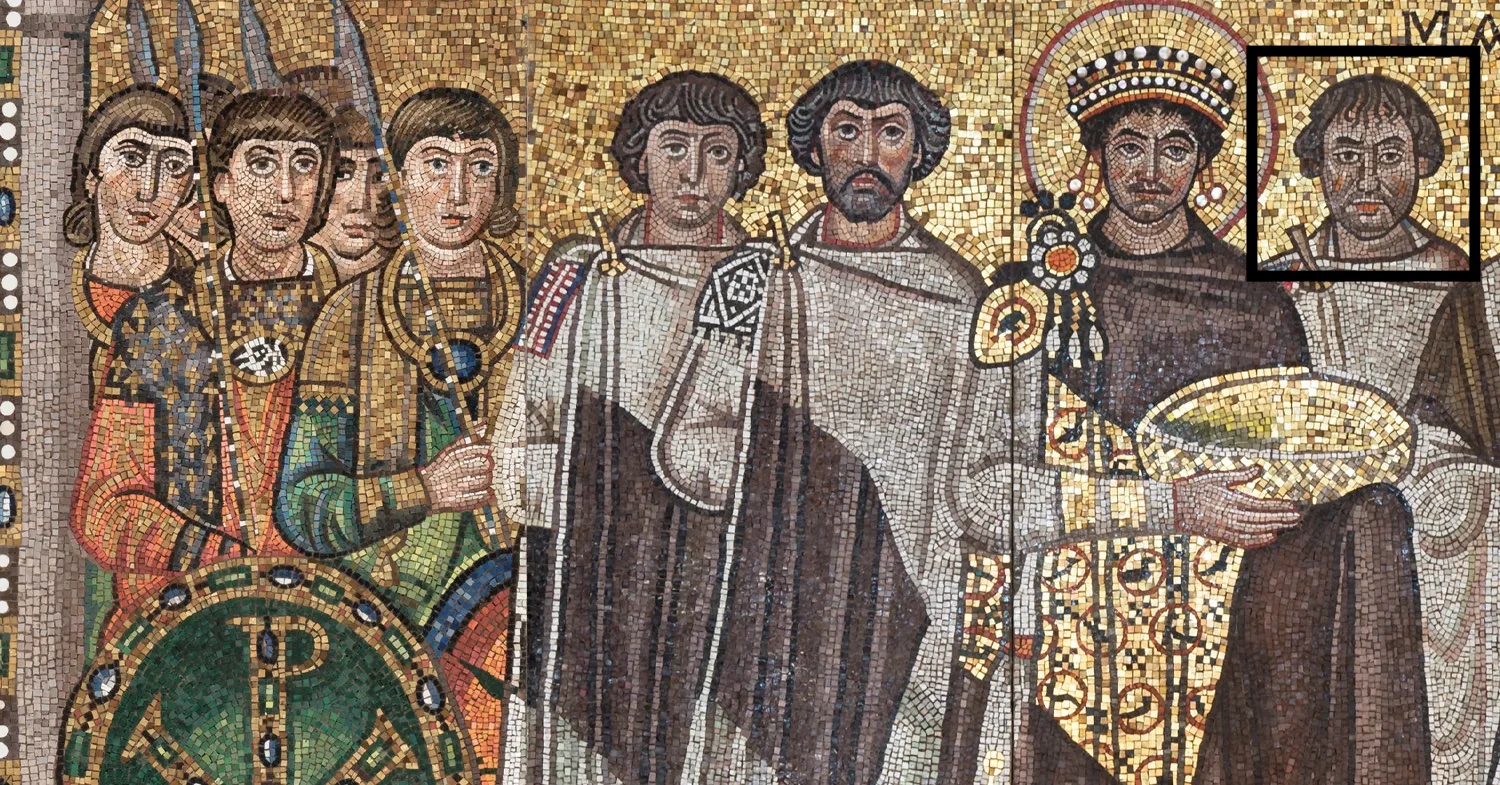HAMMER OF THE GOTHS
By:
December 22, 2022
One in a series of posts about Naples, by HILOBROW friend Wayne Chambliss.
BLOOD SIMPLE | MONMOUTH STRIKES AGAIN | LOVE’S LABOUR’S MISLAID | THE EXPERIMENTALIST | ALWAYS SOMEWHERE ELSE | ARE YOU A CHICKEN? | HAMMER OF THE GOTHS | PLACES OF THE HEART.
“This long delay before so comparatively insignificant a fortress chaffed the Eunuch’s soul, and he began to meditate other schemes for its reduction.” — Thomas Hodgkin, Italy and Her Invaders
I have a soft spot for military eunuchs, I guess. Zheng He, particularly, but also Narses — an Armenian castrate and fanatical Marianist who weathered a lopsided rivalry with Belisarius in Justinian I’s 6th-century AD war of reconquest (surviving recall by the emperor — an intriguing [literally, I have no doubt] turn of events, if even a fraction of what Procopius had to say in The Secret History is true), eventually took control of Byzantium’s finances, and then, at the age of seventy-five or so, raised an army of 30,000 “barbarian” mercenaries in the Balkans, slow-marched it down the Adriatic calf of the Italian peninsula, and crushed the Ostrogoths from Sena Gallica to Mons Lactarius.
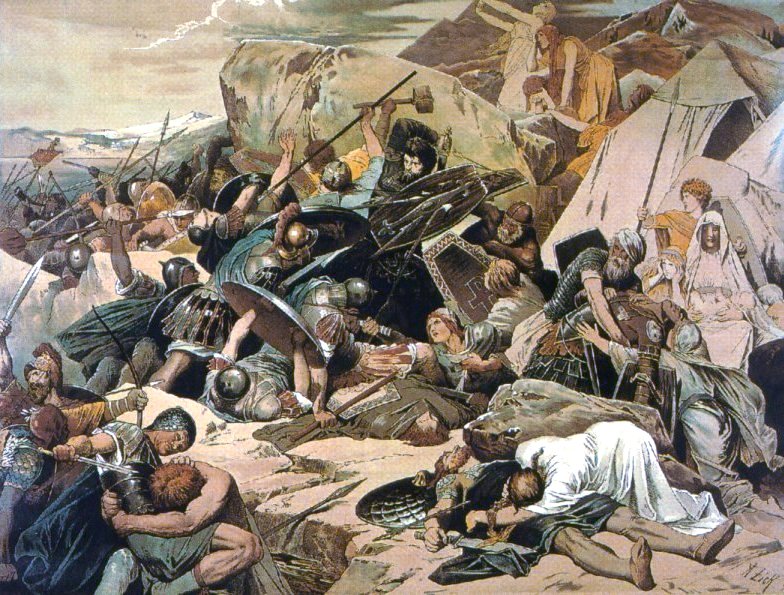
Having (very temporarily) taken Italy back for Constantinople — and received the last Roman triumph of antiquity for it — he set about trying to rebuild the ruined capital of the western empire*. Justinian had sent an elderly man to do the job hoping Narses, even covered in glory, would be too tired to march all the way back for the throne. To my mind, there is something sad and beautiful about those last, Sisyphean labors of the old Exarch, trying to dam a river at flood stage, nowhere yet near its crest. The river being History, of course. Only fools believe its waters are antidotal to Lethe’s**. They may taste different, but they’re both runoff from the same obliviating snowpack.
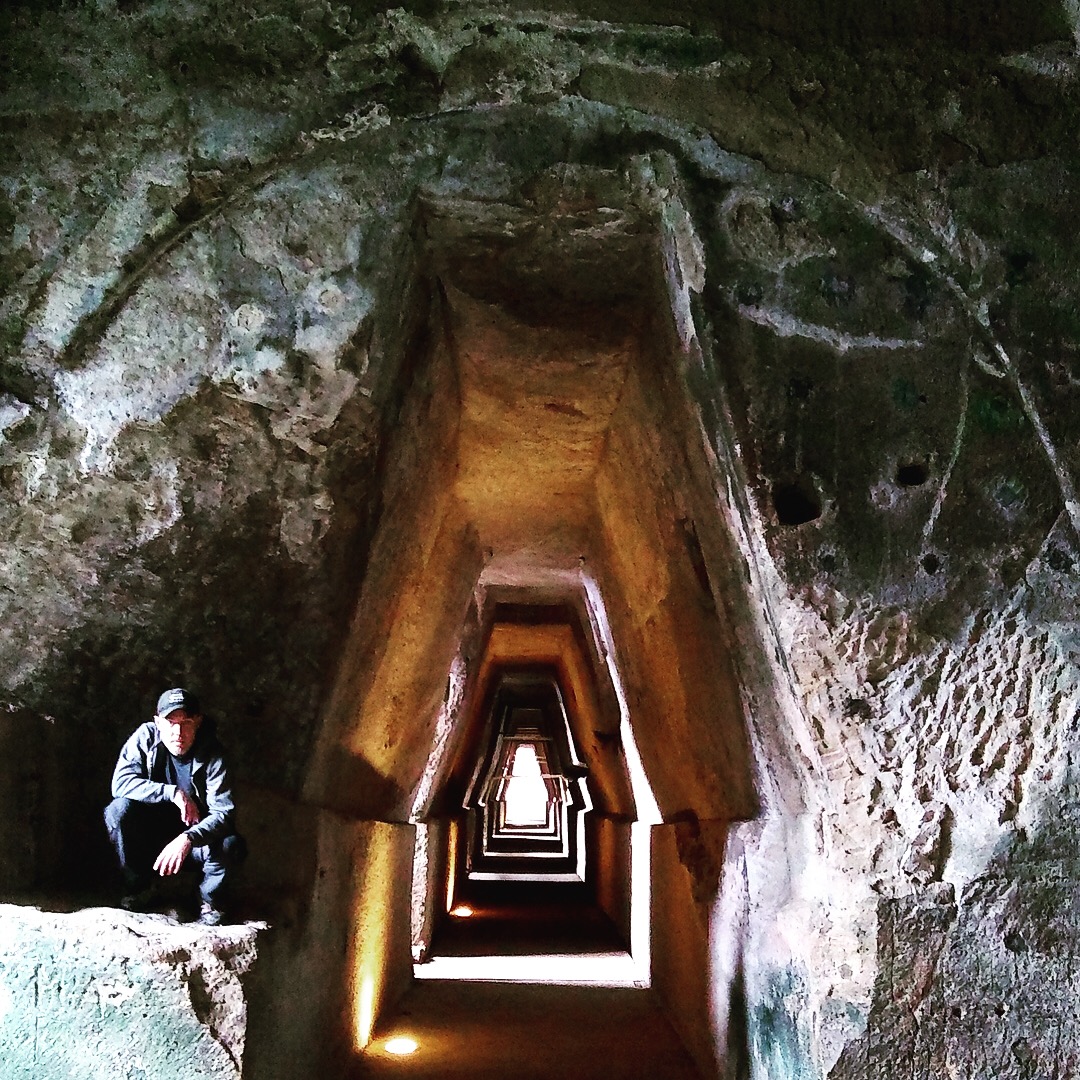
* How he paid for it probably deserves its own post. The short version: the treasure fortress of the Ostrogoths sat on an outcrop of trachyte atop the oracular complex of the Cumaean Sibyl (possibly repurposing the temple of Apollo directly above it, or the temple of Jupiter above that, as their citadel)***. Narses directed his sappers to undermine the walls of the fortress from the sacred caves below. It worked too well, causing the front gates of the fort to calve off into the sea and making what had been highly defensible totally impregnable. At that point, he shrugged and settled in for some good, old-fashioned poliorcetics. In the end, he is supposed to have gotten the Ostrogoths to surrender with a theatrical ruse that involved bogus public executions of female hostages: lopping off fake heads, that sort of thing. Anyhow, they cleared out. And he let them go, focusing his attention on his primary duty to the empire: counting loot.
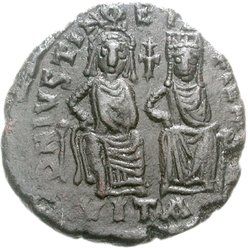
** Narses was no fool. Nor was he inclined to suffer them. There is a story — almost certainly apocryphal — that Justinian’s successor Justin, who disapproved of the then-nonagenarian press-ganging Romans into reconstruction projects, relieved Narses of his authority and allowed him to retire to Naples. Justin’s wife Sophia sent Narses a golden distaff there and informed him he’d always be welcome back to Constantinople to supervise the women spinning. To which Narses replied that he’d spin a thread the empire would never see the end of. Whereupon he told the Lombards they were welcome to the north of Italy — giving the wheel of flame another turn.
As I said, the story is probably untrue, and it’s certainly unkind, but Narses not only did enable an Italian invasion by Lombards, he led it. His own army of “barbarians” was basically Lombardish. The Goths and Franks they defeated were natural enemies of the Lombards every bit as much as they were of the Greek Romans. And in the vacuum that nature doesn’t so much abhor as find perplexing, Lombardy rushed in. Within a few years, it was they who ruled Italy, setting in motion the political machinations that ultimately resulted in Naples freeing itself from the Roman yoke: the sort of weird offspring you might expect from a senescent eunuch obsessed — to the point of genocide, on occasion — with a holy virgin.
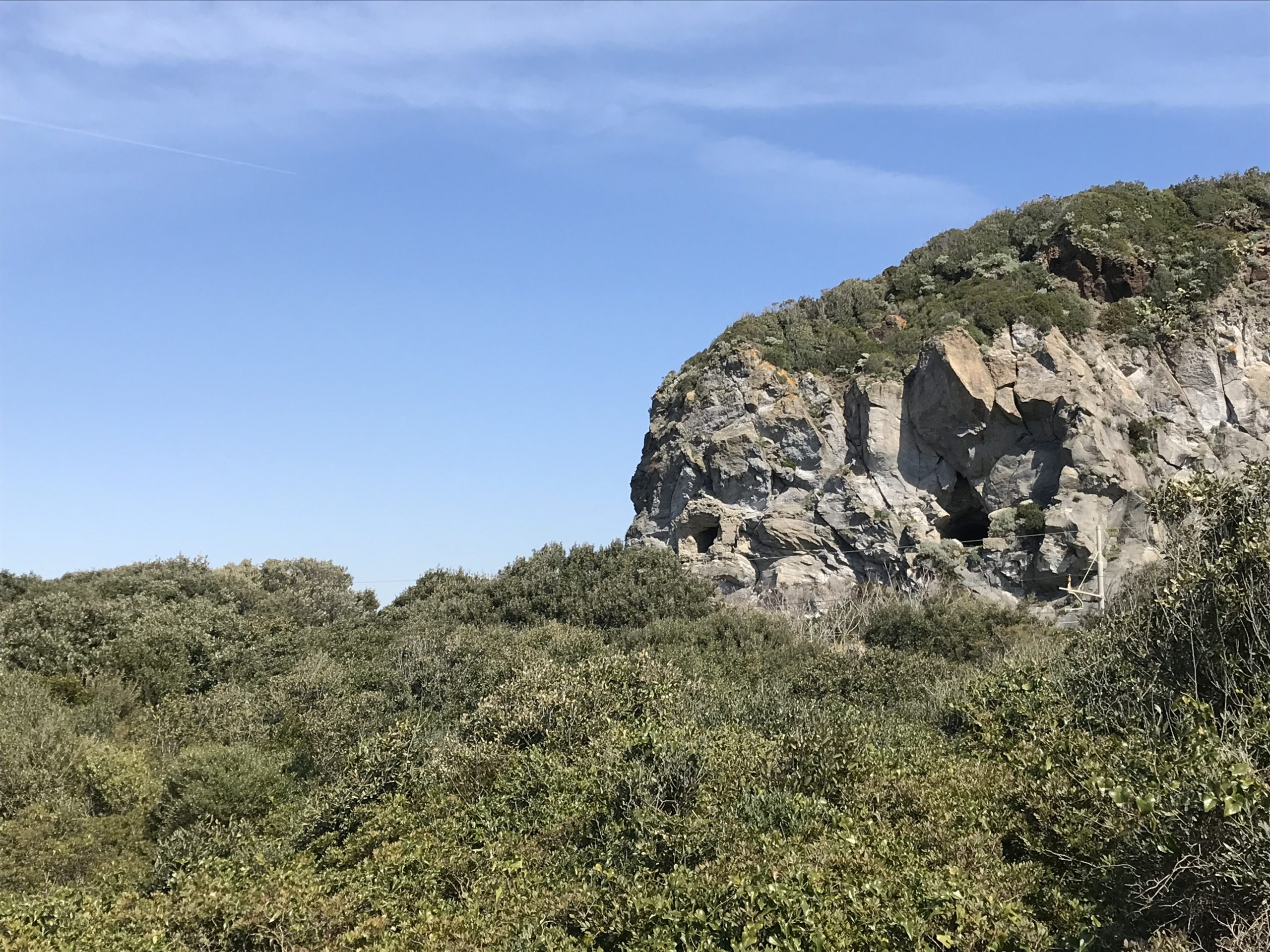
***Below its acropolis, Monte di Cuma — an igneous blister on the western perimeter of the Phlegraean volcanological complex — is a trypophobe’s nightmare, riddled with pore-like cavelets interconnected into small, stratigraphically stacked systems within the hill (“quo lati ducunt aditus centum, ostia centum,” perhaps) that the Cumaeans, Greco-Romans, Paleochristian squatters, and Italophilic Germanic tribes all used and extended for their various re-purposes.
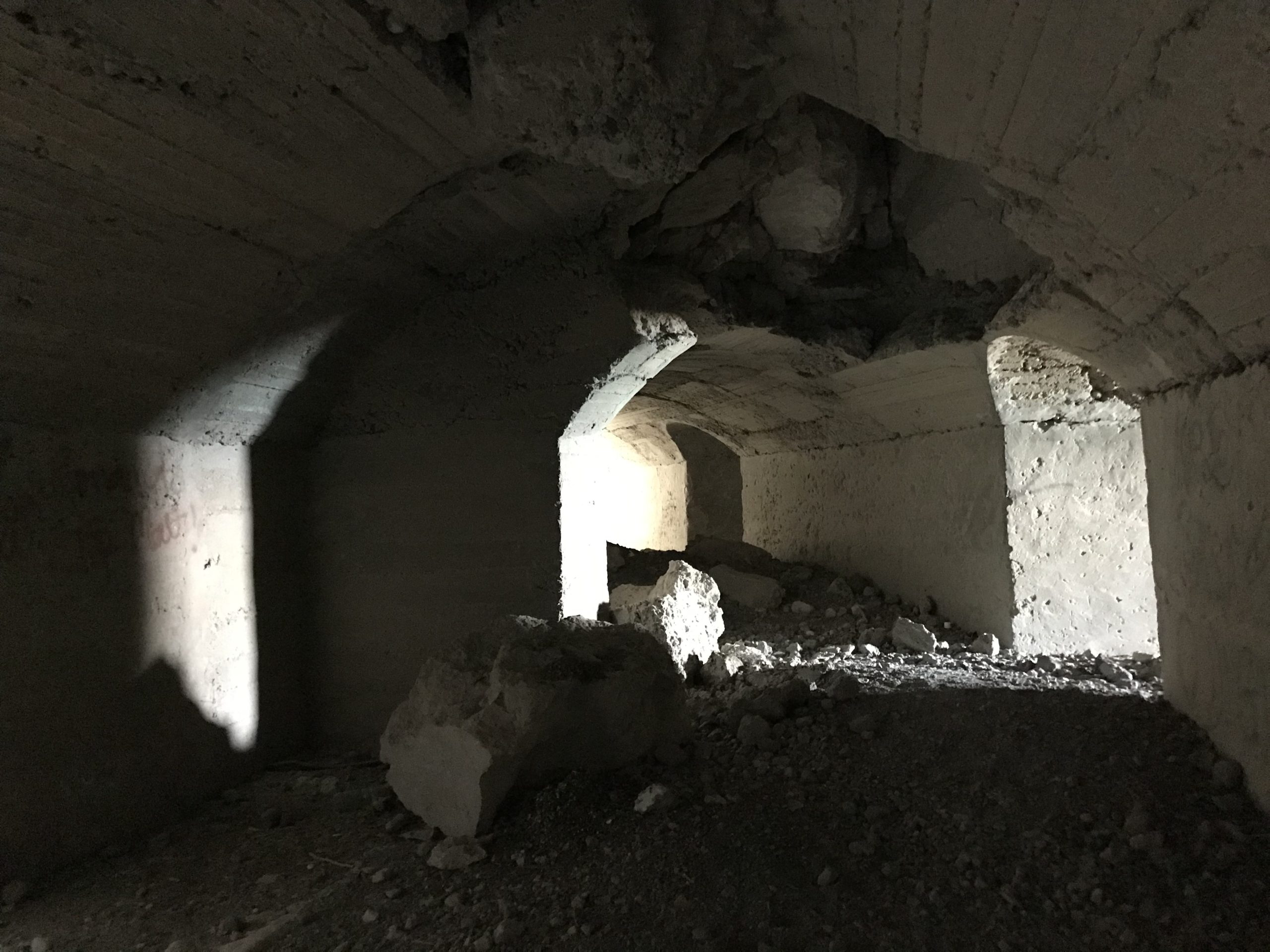
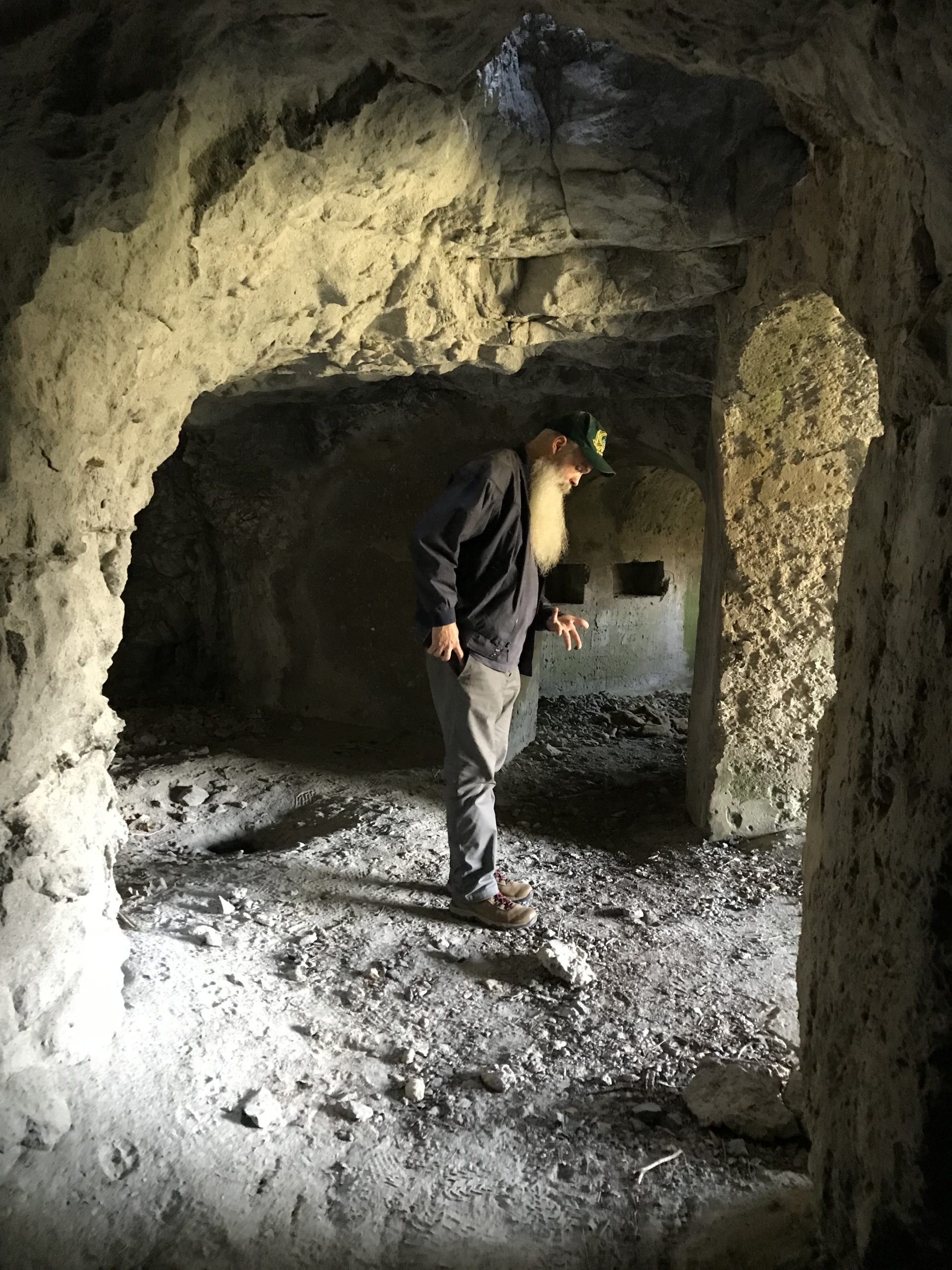
In the spring of this plague year, the painter Eric Sweet and I scrambled about halfway up the mountain into a set of Nazi-renovated cave mouths that we and our high school friends used to drink in occasionally. They were full of poignant graffiti from people we knew as adolescents, some recently dead. Like entering a personal Chauvet, long after its use but before the deep future discovers it and wonders what all the huge carved penises were supposed to mean.


Inside those caves, we knew, there is one passage unlike the others: narrower, much higher-angle, with steps carved into the stone. My archaeologist sister remembers it being called the “Stairway to Heaven.” Kids.
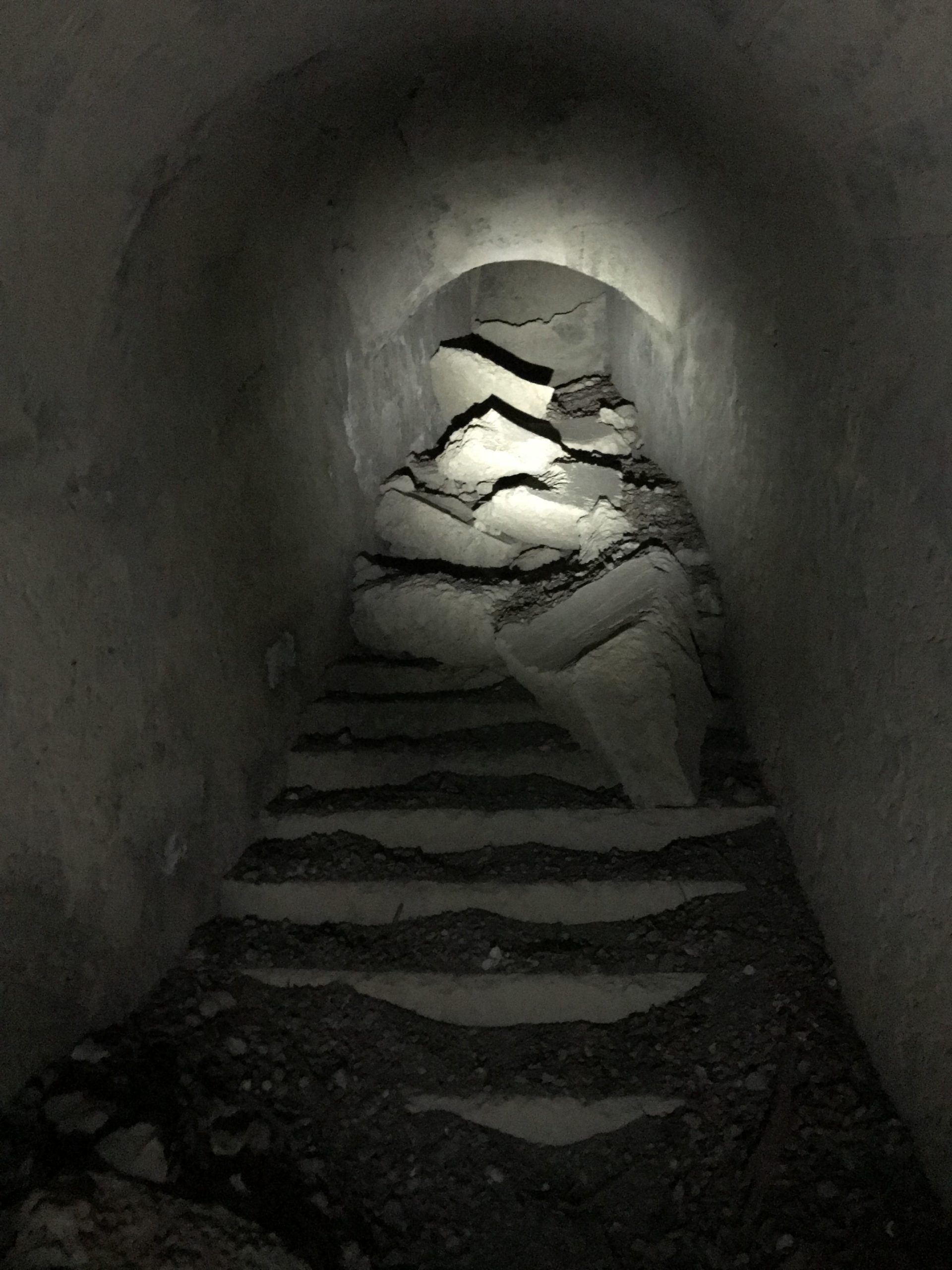
Thirty-odd years after last using that stairway, I found it. It’s now mostly covered in chunks of ceiling and sidewall breakdown and unconsolidated, perilously slippery dirt, but it still zigs and zags until it reaches a small natural fissure at the bottom of a larger, fenced-off rock declivity within the oracular complex of the Cumaean Sibyl. It was broad daylight above and people might have been about, so I didn’t pop all the way out of the hole. I had, moreover, to hang onto cracks in the walls so as to not tumble backward down the steep slope. Hence, no great photos of that final view. But it was heart-thumping.
ALSO SEE: Wayne Chambliss on RADIOACTIVE TRINITITE | THE RIDE-ALONG | MATRYOSHKA CHEST. Tom Nealon on JENSON’S ROMAN | GARUM | POSCA. Joshua Glenn on BEASTLY NUISANCE (ARGONAUTICA) | James Parker’s bastardizations of THE KALEVALA | Matthew Battles on ALDINE ITALIC | Toby Ferris on ANATOMY OF NORBITON: AETIOLOGICAL | Flourish Klink on THE LIFE AND DEATH OF PATROCLUS SON OF MENOETIUS | Gordon Dahlquist on FELLINI SATYRICON.

